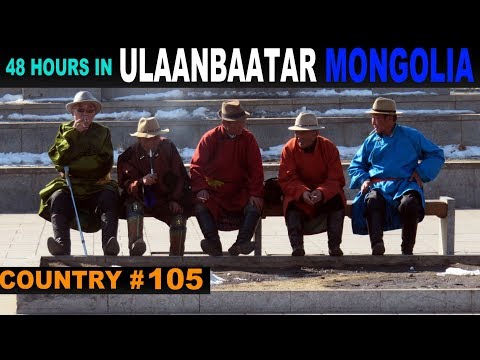
Nestled in a valley and surrounded by four sacred mountains, Ulaanbaatar – the capital city of Mongolia – is a fascinating blend of ancient traditions and modern development. Known as Ulan Bator during the Soviet era, Ulaanbaatar is not just the political and economic heart of Mongolia, but also a vibrant cultural hub with deep historical roots. Whether you’re an avid historian, a nature lover, or simply looking for an offbeat adventure, Ulaanbaatar offers an array of experiences. This guide will help you explore the rich tapestry of life in Mongolia’s largest city.
### Understanding Ulaanbaatar
Ulaanbaatar is situated on the Tuul River, at an elevation of about 1,350 meters (4,429 feet). The city experiences a continental climate with long, cold winters and short summers. The best time to visit is between June and September when temperatures are milder and the landscapes at their most vibrant.
### Cultural Insights
#### 1. **Gandan Monastery**
One of the most fascinating places in Ulaanbaatar is the Gandan Monastery. Being one of Mongolia’s most important Buddhist monasteries, it houses a community of over 600 monks. The highlight here is the impressive 26.5-meter-high statue of Migjid Janraisig, a bodhisattva embodiment of compassion.
#### 2. **National Museum of Mongolia**
To get a profound understanding of Mongolian history – from prehistoric times to the present day – visit the National Museum of Mongolia. The museum’s extensive collection includes artifacts from Mongolia’s conquest under Genghis Khan up to its Soviet period.
#### 3. **Zaisan Memorial**
For panoramic views over Ulaanbaatar make your way up to the Zaisan Memorial Hill which not only offers sweeping vistas but also features a circular memorial that commemorates soldiers who died in World War II.
### Modern Delights
#### 1. **Shangri-La Mall**
For those who enjoy contemporary comforts and shopping might spend some time at Shangri-La Mall which hosts numerous international brands, cinema chains and eateries offering both local and international cuisine.
#### 2. **Modern Art Gallery**
Art enthusiasts should visit Ulaanbaatar’s Modern Art Gallery which showcases Mongolian contemporary art reflecting both traditional themes and modern interpretations.
### Local Cuisine
Mongolian cuisine primarily revolves around meat (especially mutton) and dairy products with dishes like “buuz” (steamed dumplings), “khuushuur” (fried dumplings), and “tsuivan” (noodles with meat). For an authentic dining experience try Modern Nomads or BD’s Mongolian Barbeque.
### What Not to Miss
#### 1. **Naadam Festival**
If you’re visiting in July, don’t miss Naadam Festival – Mongolia’s most significant cultural event that features wrestling, archery, horse racing across three exhilarating days.
#### 2. **Gorkhi-Terelj National Park**
Just an hour’s drive from downtown UB lays Gorkhi-Terelj National Park offering stunning alpine scenery perfect for hiking or enjoying nomadic herder hospitality by staying overnight in traditional Ger camps.
### Practical Tips
– Currency: The local currency is Mongolian Tugrik (MNT).
– Language: Mongolian is official; however Russian or English are commonly used among younger generations especially within tourism sectors.
– Transportation: Consider booking taxis through reputable companies or using apps like Uber to navigate around town safely.
– Safety: Generally safe yet it’s wise to follow common travel safety practices particularly after dark.
As one explores these various aspects that make up this unique city set in the vast expanse called ‘Land Of Blue Skies’, visitors quickly realize why Ulaanbaatar holds such significance not only as Mongolia’s capital but as its cultural beating heart as well.
